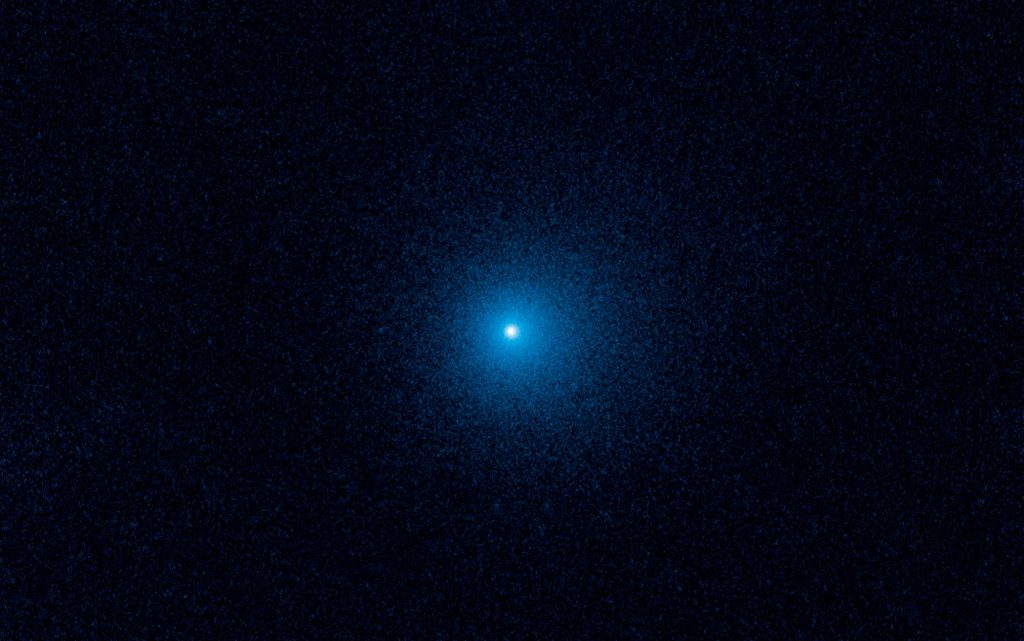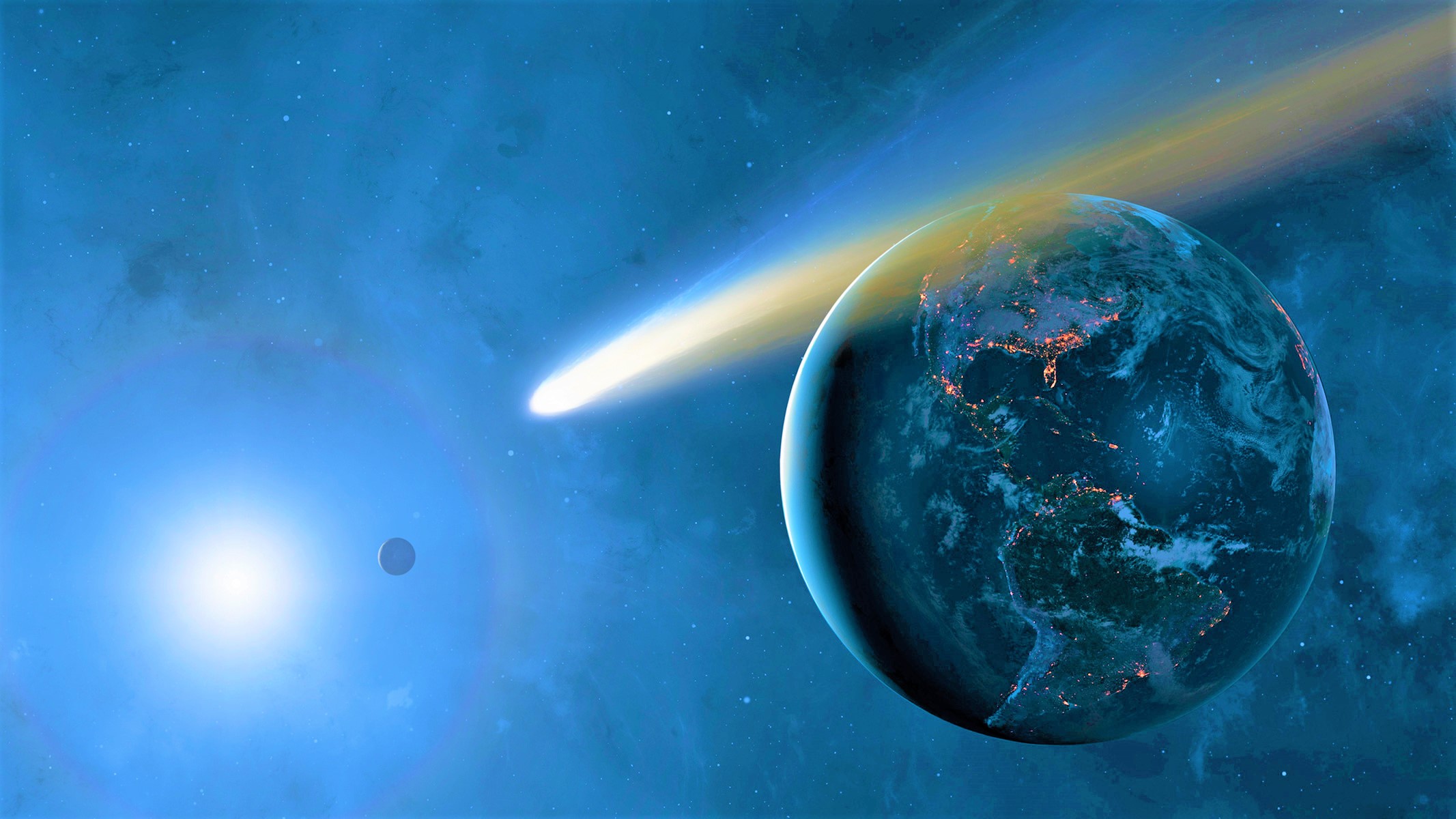Grab your binoculars: A comet that has fascinated scientists for five years approaches its closest distance from Earth this week—and you might be able to catch a glimpse. There’s a chance of spotting the C/2017 K2 PANSTARRS comet, also called K2, on Thursday as it makes its final pass through the solar system, said David Jewitt, an Earth, planetary, and space sciences professor at the University of California, Los Angeles.
When Was K2 First Discovered?

The C/2017 K2 PANSTARRS comet caught the attention of experts on May 21, 2017. It had been traveling for millions of years from the frigid depths of the solar system, according to NASA, when it was discovered between the orbits of Saturn and Uranus about 1.5 billion miles from the sun. K2 was the farthest active inbound comet ever seen when NASA’s Hubble Space Telescope captured it. It was observed at 17 times the Earth-sun distance, Jewitt said
K2 Comet Came From Oort Cloud
K2, a frozen “city-sized snowball of ice and dust,” as NASA calls it, is thought to have come from the solar system’s most distant region where many comets are believed to have originated: the Oort Cloud. NASA experts said the cloud is a giant spherical shell made of icy pieces of space debris the size of mountains or larger.
Astronomers located K2 in a part of the solar system where sunlight is only 1/225th its brightness as we see from Earth and where temperatures are minus 440 degrees Fahrenheit, according to NASA.
How Close Will K2 Travel To Earth?
K2 will reach its minimum distance from our planet, about 170 million miles away, Thursday night, said Italy-based astrophysicist Gianluca Masi, director of the Virtual Telescope Project. For reference, the sun is about 93 million miles away, she said.
How To See K2 Comet?
One cannot see this brightest comet with the naked eye. Experts say people will need at least a small telescope or binoculars to see it. And on Thursday, the Italy-based Virtual Telescope Project plans to host a live feed starting at 6:15 p.m. ET for spectators who don’t have a telescope.





